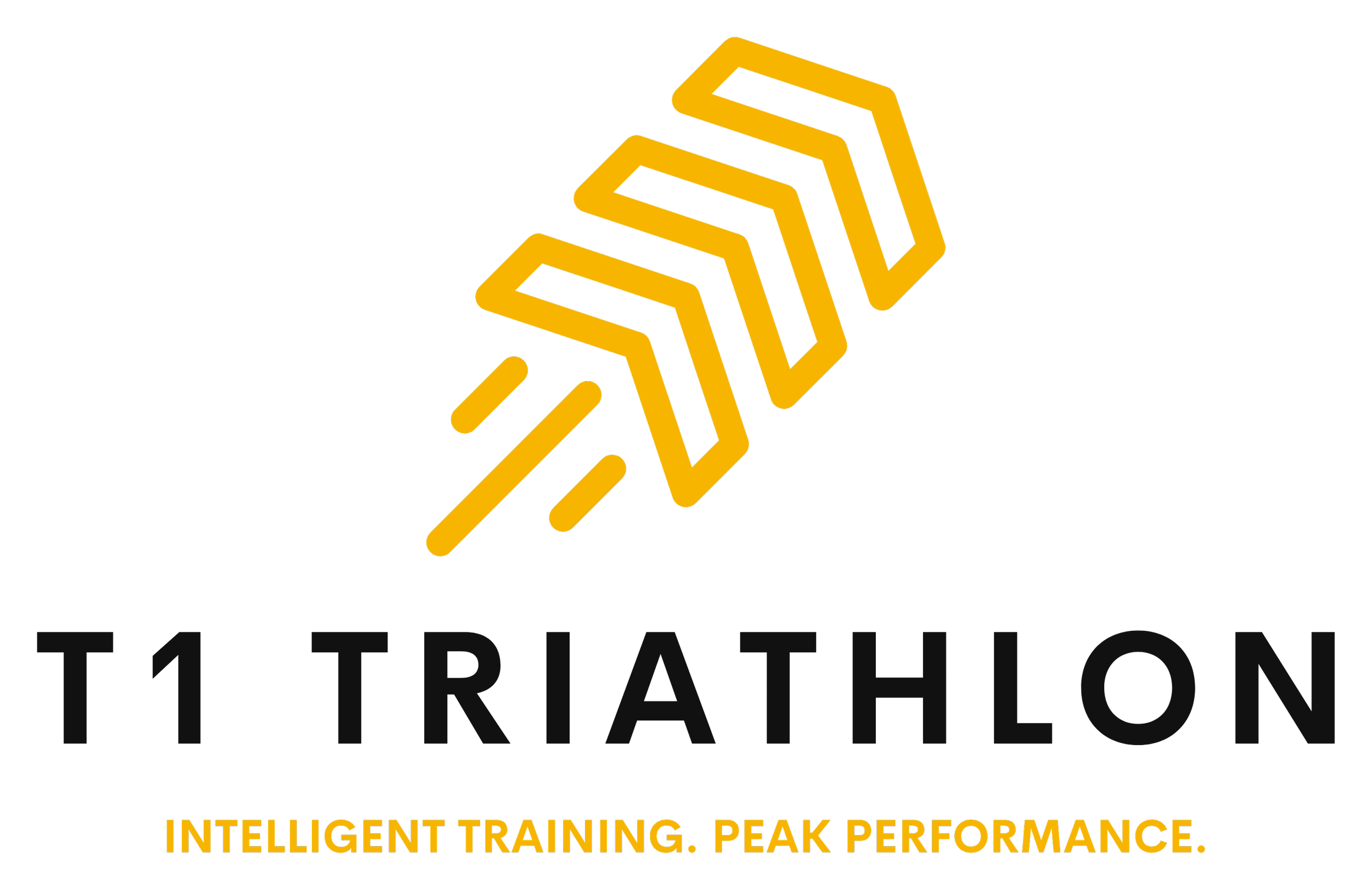How to Swim in Open Water Without Fear
For many triathletes, open water swimming is the most intimidating part of the race. The murky depths, unpredictable conditions, and absence of pool walls can stir up feelings of anxiety and fear. But open water swimming doesn’t have to be daunting. With the right strategies and mindset, you can learn to swim confidently and enjoy the freedom of open water.
Prepare for Open Water Conditions
Preparation is key to overcoming fear in open water. Unlike a pool, open water introduces variables like waves, currents, and limited visibility. Familiarizing yourself with these elements through training can make race day feel less intimidating.
Start by practicing in calm, familiar bodies of water, such as a local lake or reservoir. Gradually increase the complexity of your swims by introducing small waves or training in conditions that mimic your upcoming race. Wearing a wetsuit can also provide buoyancy and warmth, boosting your confidence and comfort.
Focus on Controlled Breathing
One of the most common challenges in open water swimming is managing breath control. Anxiety often causes shallow, rapid breathing, which can exacerbate feelings of panic. Practicing controlled breathing techniques during training will help you stay calm in the water.
Before entering the water, take a few minutes to practice deep diaphragmatic breathing. Once swimming, focus on exhaling fully underwater to avoid breath-holding, which can increase tension. If you feel overwhelmed, pause and float on your back while taking deep breaths to regain composure.
Develop Navigation Skills
Open water lacks the lane lines and walls that help guide swimmers in a pool. Learning to sight effectively is crucial for staying on course and maintaining confidence.
To sight, lift your head slightly above the water every 6-8 strokes and look for landmarks or buoys. Practice this technique during pool training to minimize disruption to your stroke. Consistent sighting will help you feel in control and reduce the fear of drifting off course.
Build Confidence Through Practice
Confidence comes from familiarity. The more time you spend in open water, the less intimidating it will feel. Schedule regular open water training sessions and simulate race scenarios, including starts with other swimmers.
Consider joining a group or hiring a coach experienced in open water swimming. Training with others provides support, and their guidance can address specific fears or challenges you may face.
Address the Fear of the Unknown
A major source of anxiety in open water swimming is the fear of the unknown—what lies beneath the surface, the unpredictability of conditions, or the sheer vastness of the water. Reframing these thoughts can help ease your fears.
Focus on the positive aspects of open water swimming, such as the sense of freedom and connection to nature. Visualize successful swims and remind yourself of your preparation and capabilities. If the fear persists, use mantras like “I am prepared” or “I am in control” to replace negative thoughts with empowering ones.
Prioritize Safety
Feeling safe in the water is essential to overcoming fear. Always swim in designated areas with lifeguards or a training partner. Use a swim buoy for added visibility and as a flotation aid if needed. Understanding safety measures will help you relax and focus on your swim.
Embrace the Challenge
Open water swimming is an opportunity to grow as an athlete and push past personal boundaries. Every small step you take—whether it’s completing your first calm-water swim or tackling a race start—builds resilience and confidence. Celebrate your progress and use it to fuel your motivation.
Conquer Open Water with Confidence
Swimming in open water without fear is achievable with preparation, practice, and a positive mindset. By focusing on controlled breathing, navigation, safety, and regular exposure to open water, you can transform anxiety into confidence.
Take the first step today by planning a training session in a calm, supportive environment. With time and persistence, you’ll not only overcome your fears but also discover the joy and freedom of open water swimming.
